Over a decade ago, EHC began collaborating with Hesperian Health Guides on a health handbook for factory workers. At the time, the general consensus was that job safety and health pertained only to physical problems caused by machines or chemicals at work, like getting shocked by frayed electric cords or breathing fumes.
But EHC and Hesperian Health incorporated a comprehensive understanding of health that included workplace violence, discrimination and gender issues, basic healthcare access, pollution from factories and the link between healthy workplaces and healthy neighborhoods. EHC even gathered direct and specific feedback on the materials from workers. Pictured below is a border event organized by EHC to review early drafts of Workers’ Guide to Health and Safety.
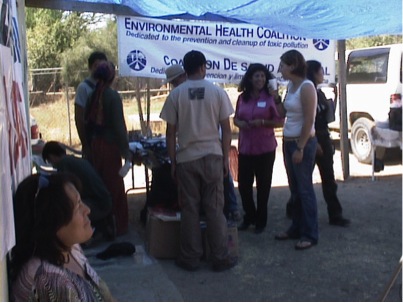
Workers’ Guide to Health and Safety was published on May 1st of this year, “a long process but with a great result,” as Martha Ojeda, EHC partner and director of the Fe y Justicia Center said, and “a powerful tool for all workers worldwide.” Martha was one of Hesperian’s earliest partners, helping lead an extensive community validation and field-testing process with women workers on the border.
The field-test led to the creation of a section called “Beyond the factory walls.” The chapter on pollution discusses how work hazards may be experienced in the surrounding community, not just during work. This was most clearly visible with chemical hazards. But of course, workers shared much more about their lives and struggles. Their stories of organizing are told throughout the book.
Workers’ Guide offers workers and their supporters the practical tools they need to take action for their health at work. It expands the notion of “workplace health” to include the social and political determinants of health, from problems like low wages and harassment, to mental health and safe water. Workers go home to their families after work, so Workers’ Guide includes the problems of pollution, substandard housing and services, and other “social hazards” that affect so many workers.
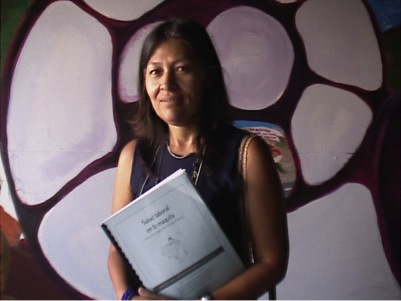
Pictured left is Magdalena Cerda, EHC’s Campaign Director – Border Environmental Justice, holding the Spanish draft of Workers’ Guide. Magdalena led field-testing with women maquiladora workers. EHC is proud to have helped build this book and we are excited to continue to collaborate with Hesperian to get this material in the languages of the people we serve and in the hands of those that will use it to improve their lives.
How to read and use this book:
- Download free chapters
- Buy a book
- Send a book to a workers center
- Help us raise funds to develop the Spanish edition of Workers’ Guide
- Esta dirección de correo electrónico está siendo protegida contra los robots de spam. Necesita tener JavaScript habilitado para poder verlo. with comments or suggestions.



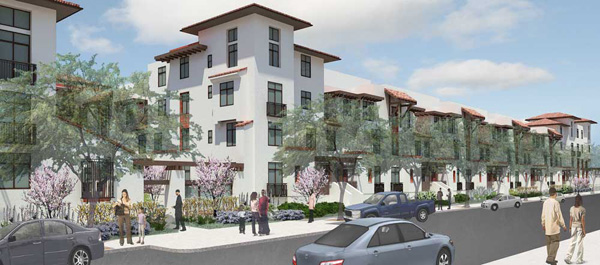


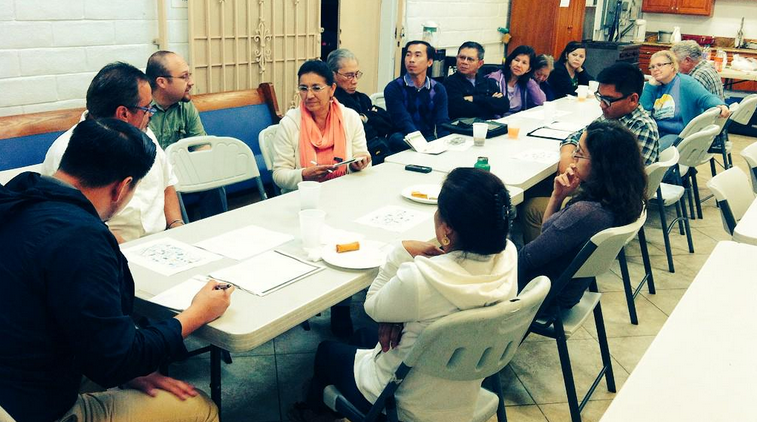
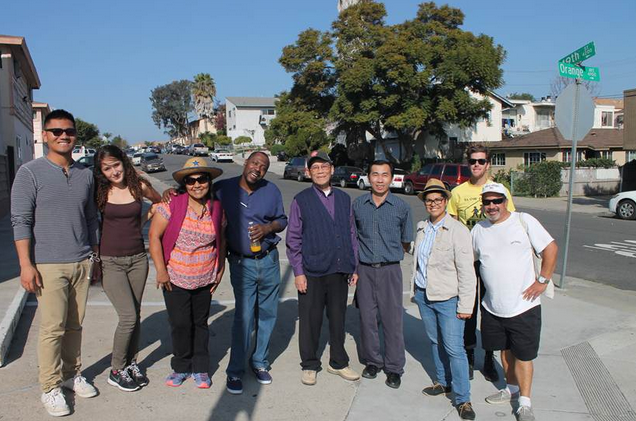
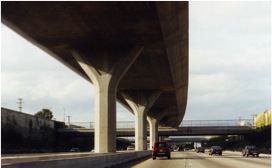 The San Diego Association of Governments (SANDAG) has
The San Diego Association of Governments (SANDAG) has 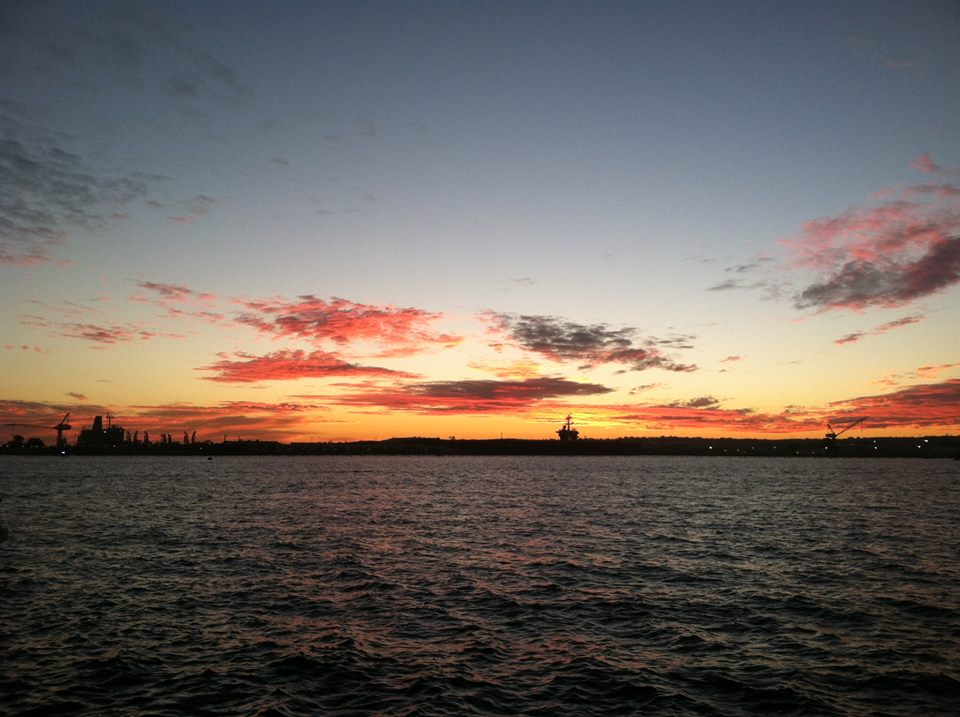 The Port of San Diego and the UT both released
The Port of San Diego and the UT both released 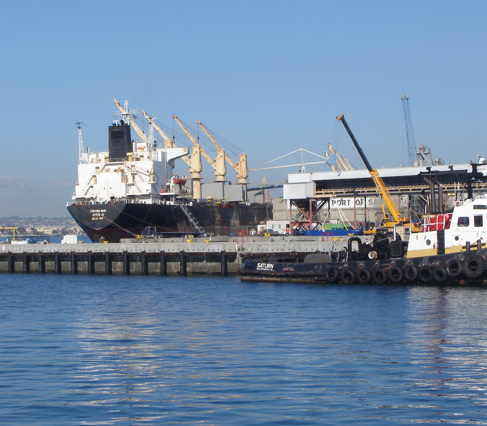

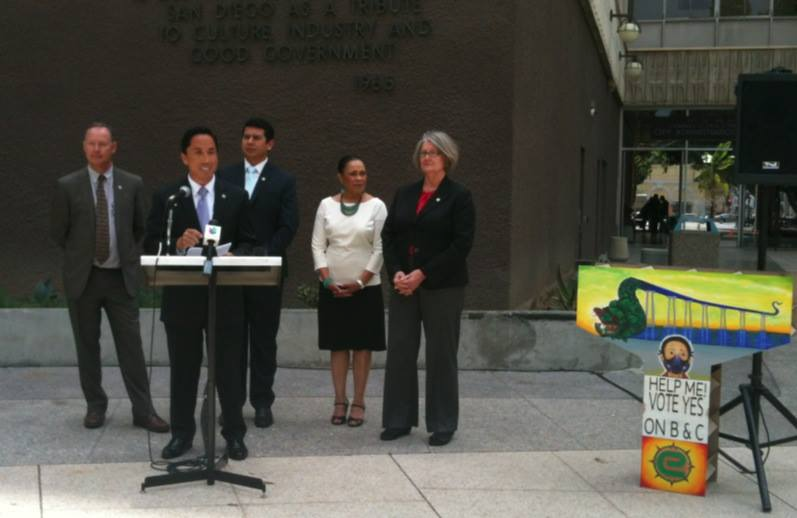 Environmental Health Coalition (EHC)
Environmental Health Coalition (EHC)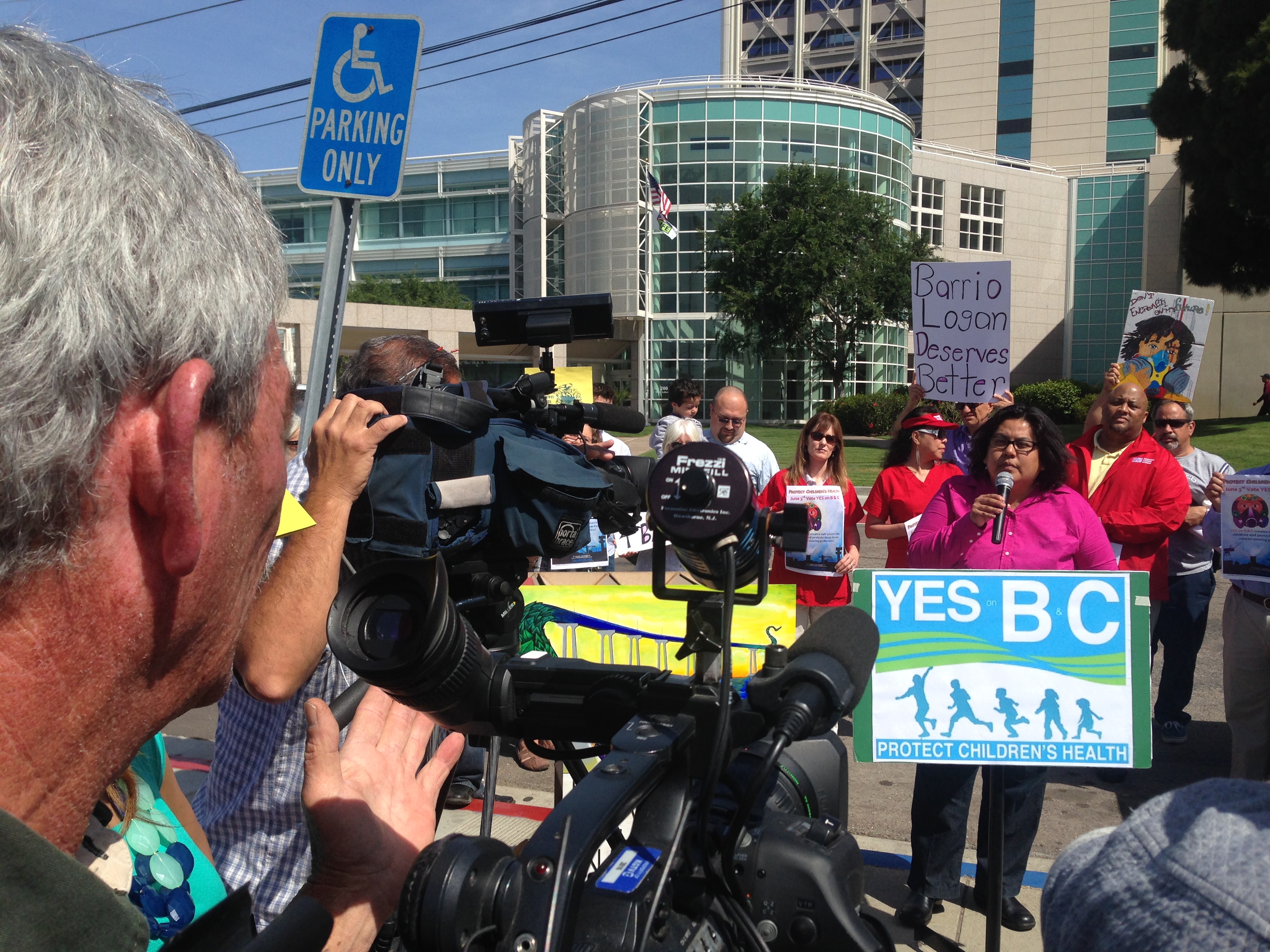 With our ever-growing community voice, we know Barrio Logan will earn a new community plan to make the neighborhood a healthy, safe place for families to thrive and grow just like the rest of San Diego. Until then, we continue to stand up for what we know every community deserves:
With our ever-growing community voice, we know Barrio Logan will earn a new community plan to make the neighborhood a healthy, safe place for families to thrive and grow just like the rest of San Diego. Until then, we continue to stand up for what we know every community deserves: 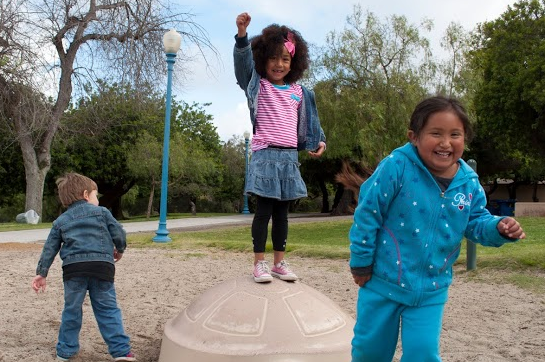
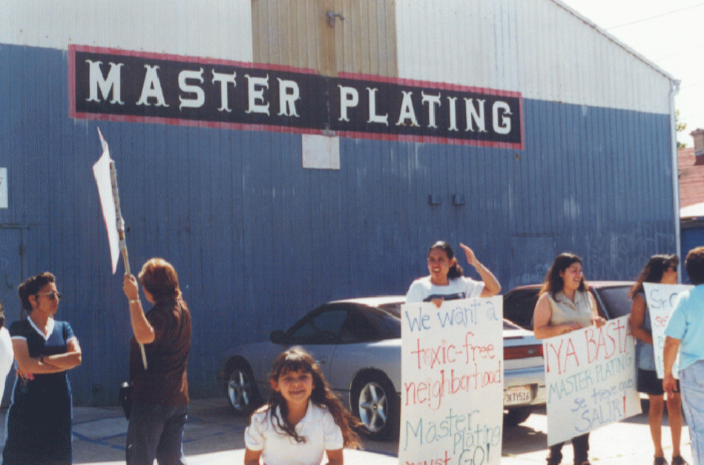
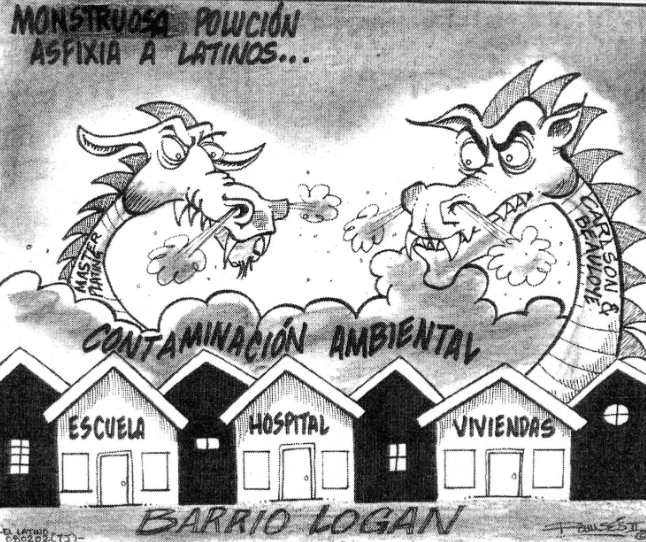 NEXT:
NEXT: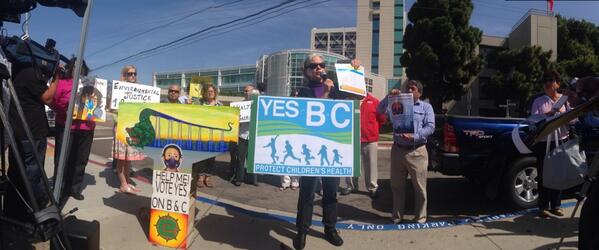
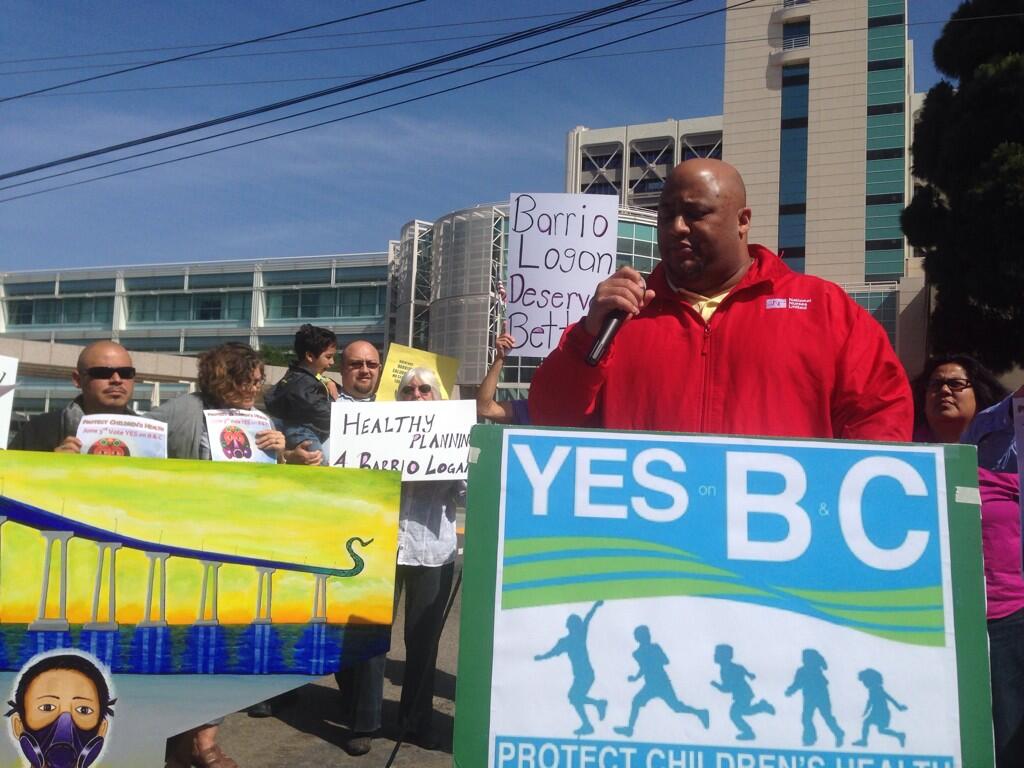 Barrio Logan is one of many communities in San Diego working on updating outdated community plans to improve neighborhood health, economic development and overall quality of life. There is concern that if Propositions B & C are defeated and the Barrio Logan Plan is repealed, a dangerous precedent could be set, threatening community planning and healthy neighborhoods across the city.
Barrio Logan is one of many communities in San Diego working on updating outdated community plans to improve neighborhood health, economic development and overall quality of life. There is concern that if Propositions B & C are defeated and the Barrio Logan Plan is repealed, a dangerous precedent could be set, threatening community planning and healthy neighborhoods across the city.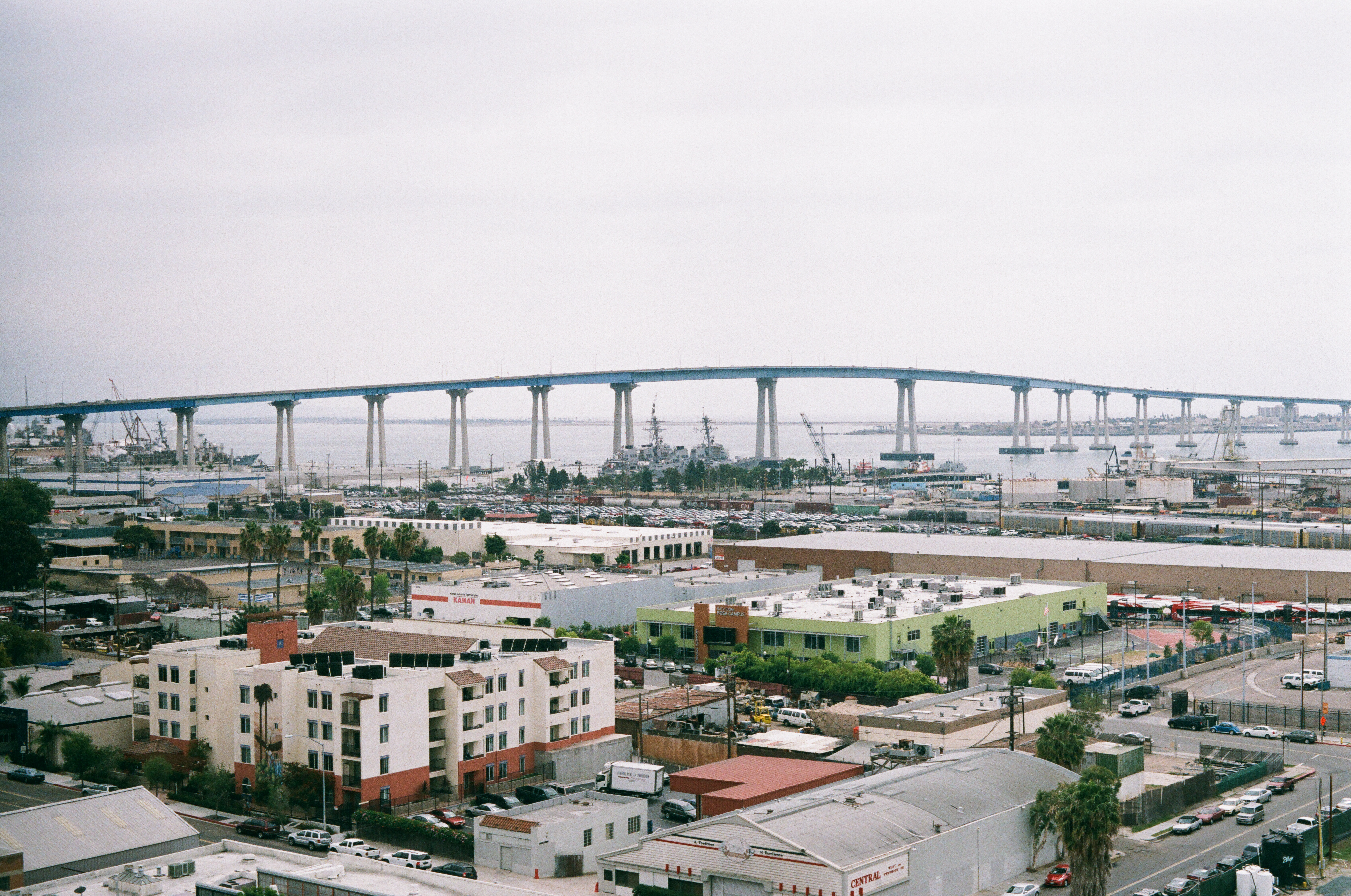
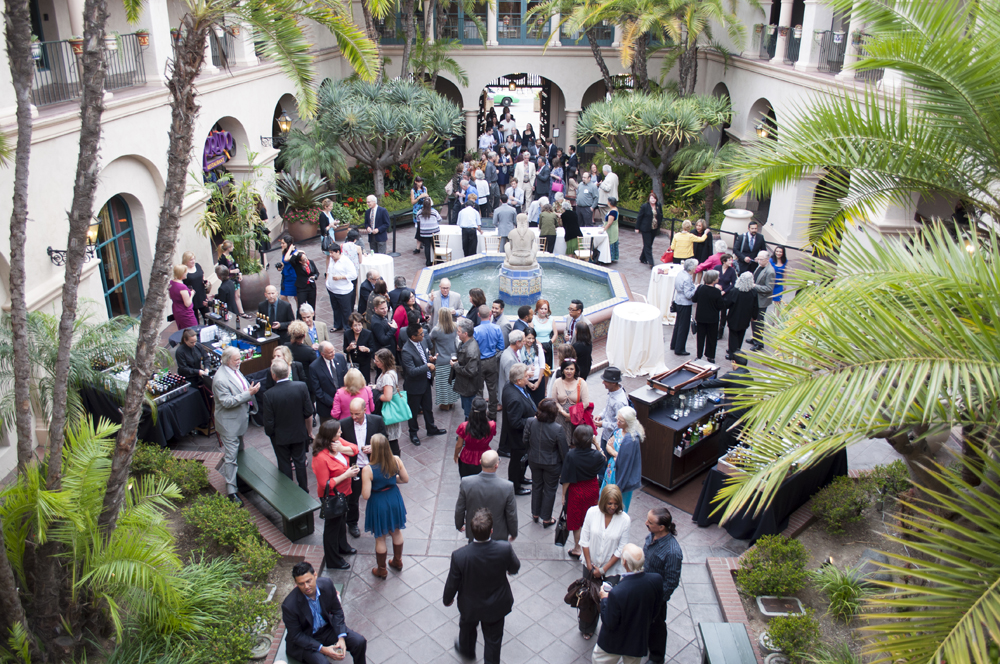

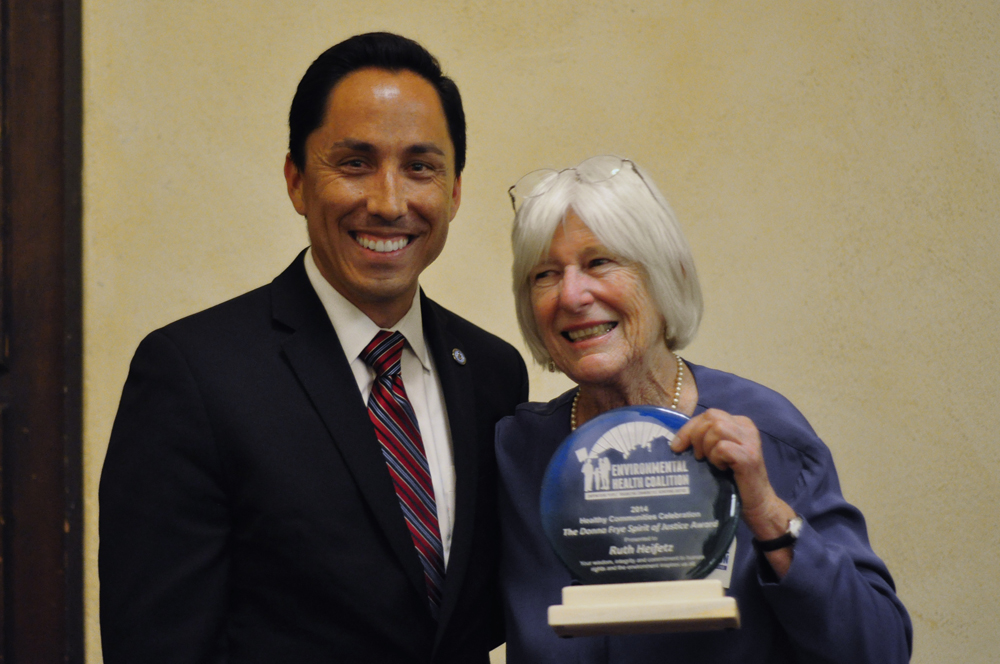
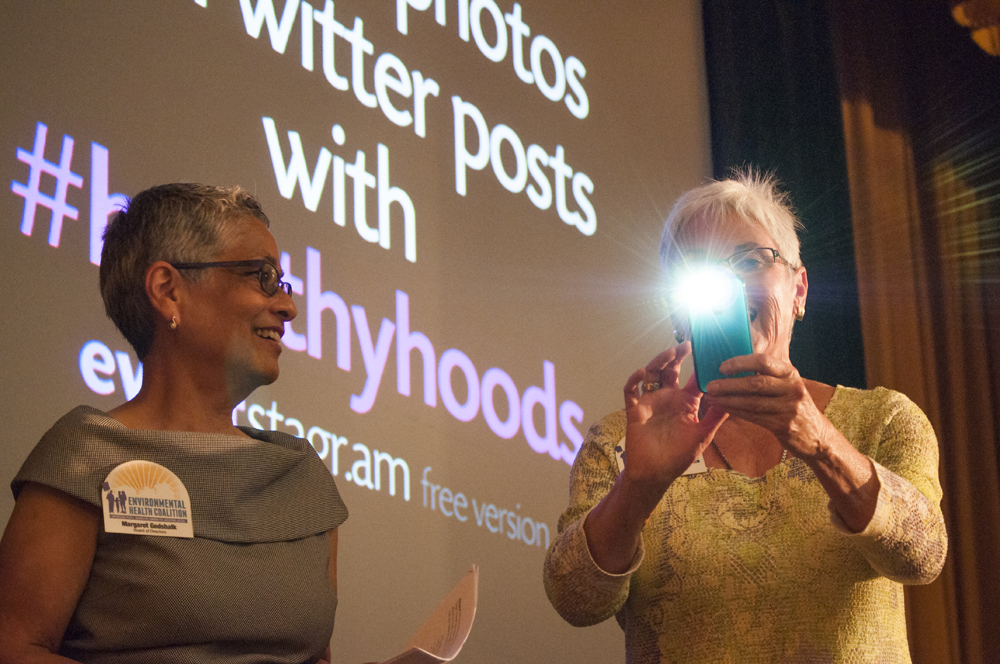
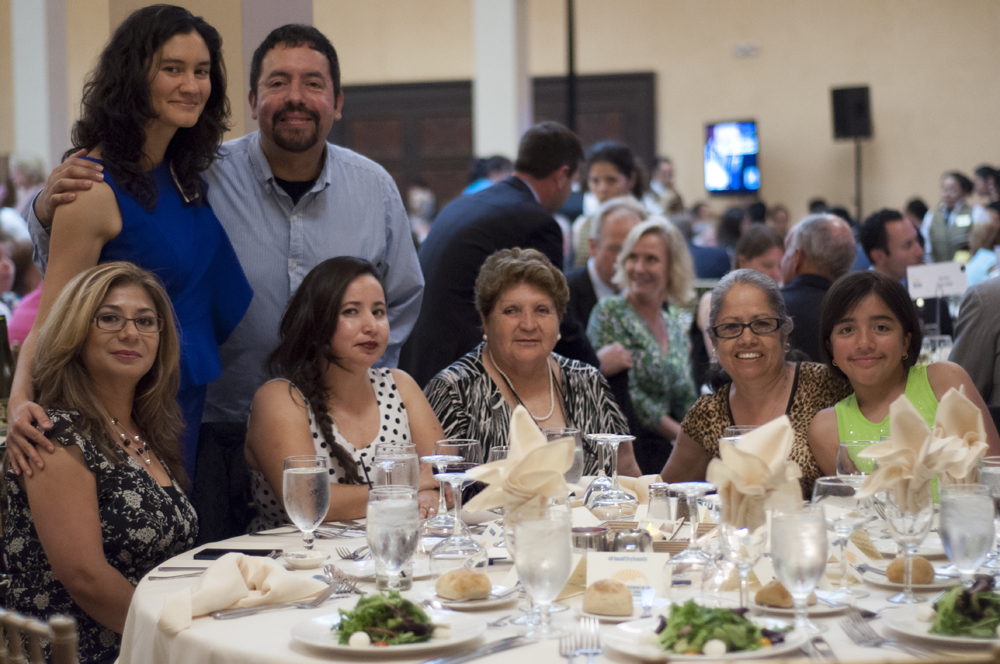
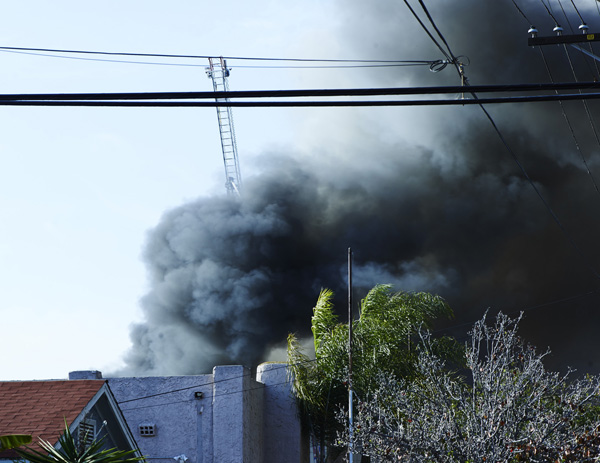 It's the nightmare we all wished wouldn't happen, but it does.
It's the nightmare we all wished wouldn't happen, but it does.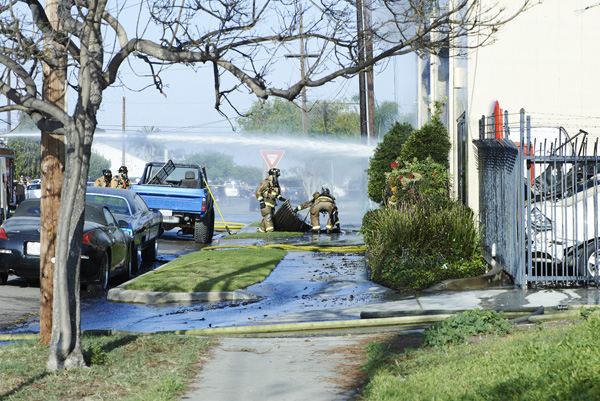 E & S Autobody is one of dozens of industrial uses located in the Old Town National City community threating the health, safety and quality of life of these families every day. We see the
E & S Autobody is one of dozens of industrial uses located in the Old Town National City community threating the health, safety and quality of life of these families every day. We see the 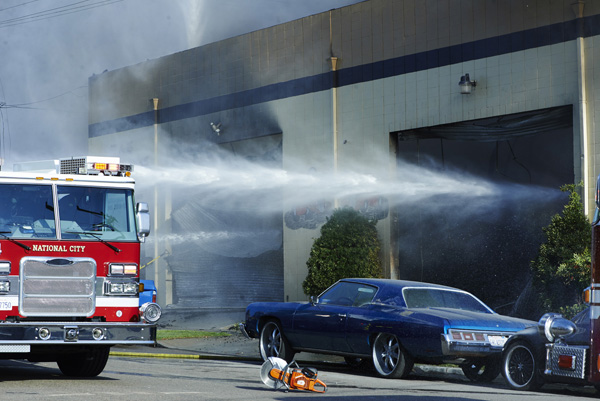
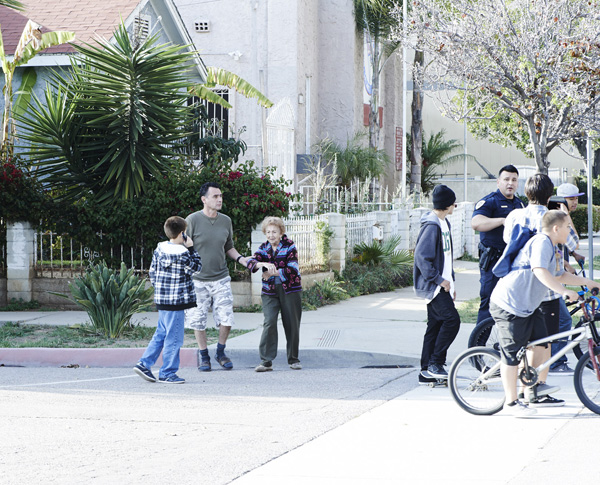

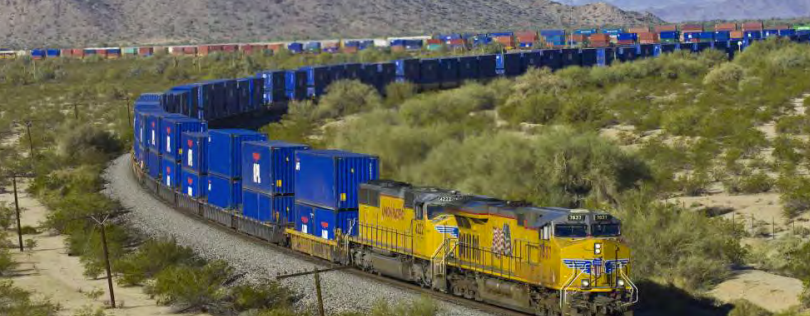 A new report released this month by the California Cleaner Freight Coalition
A new report released this month by the California Cleaner Freight Coalition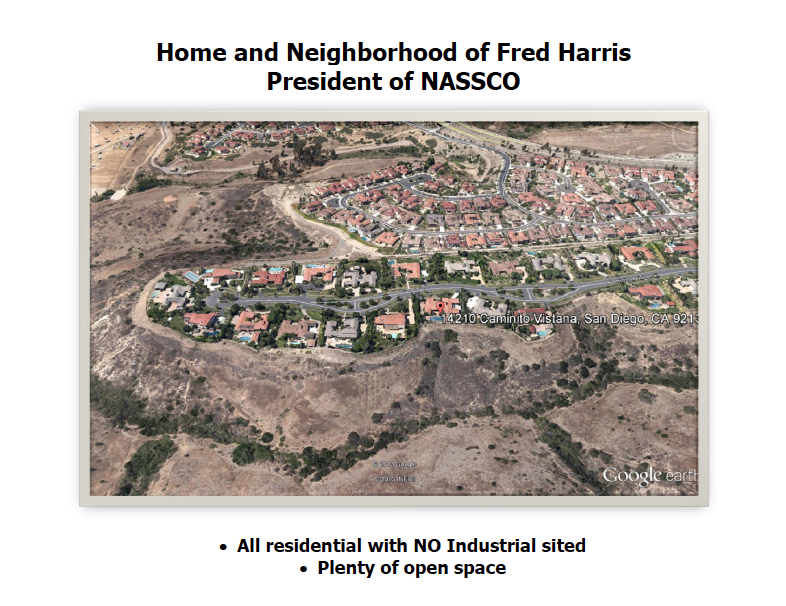

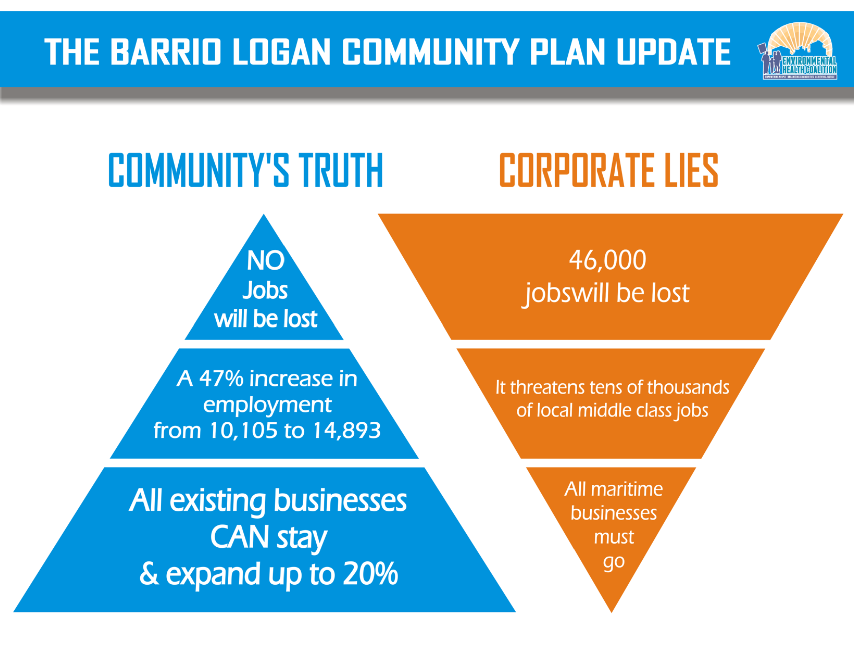
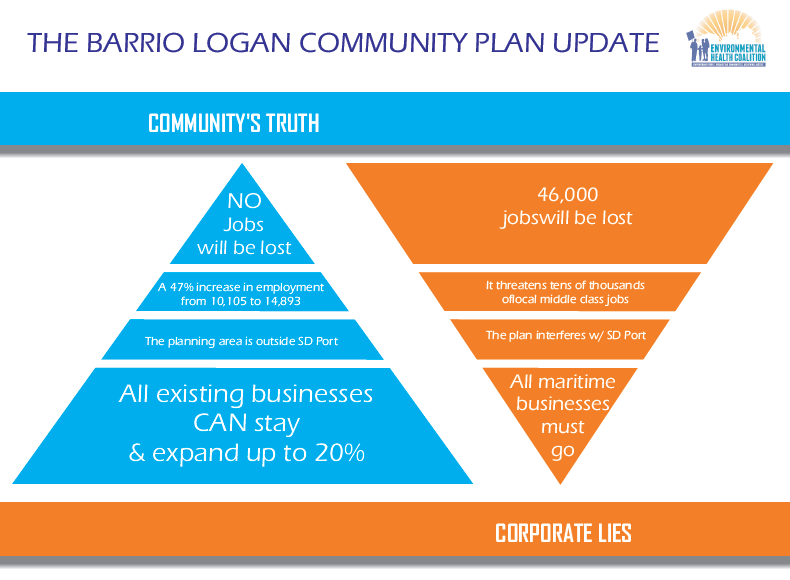
 For the past thirty years,
For the past thirty years, 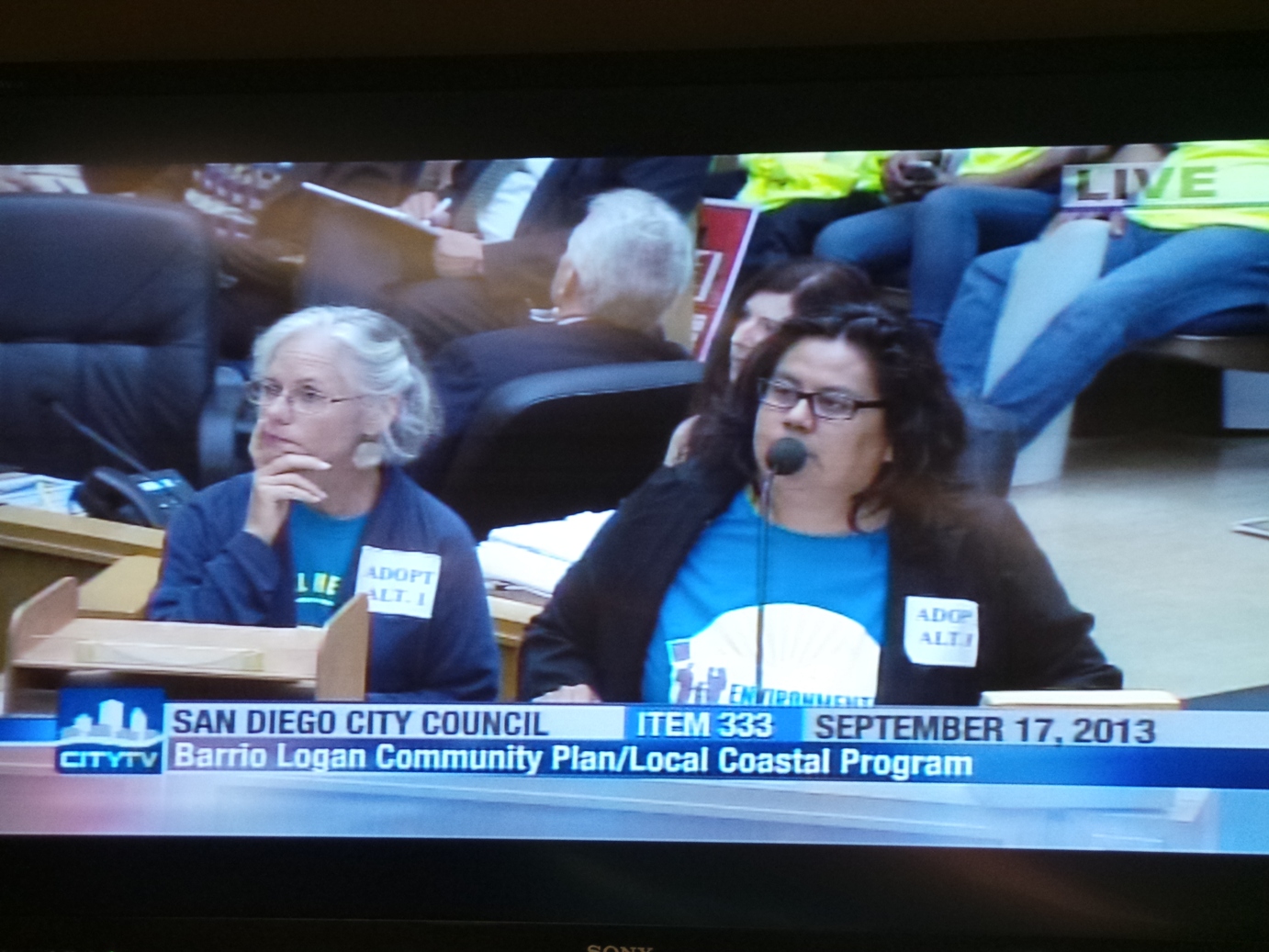
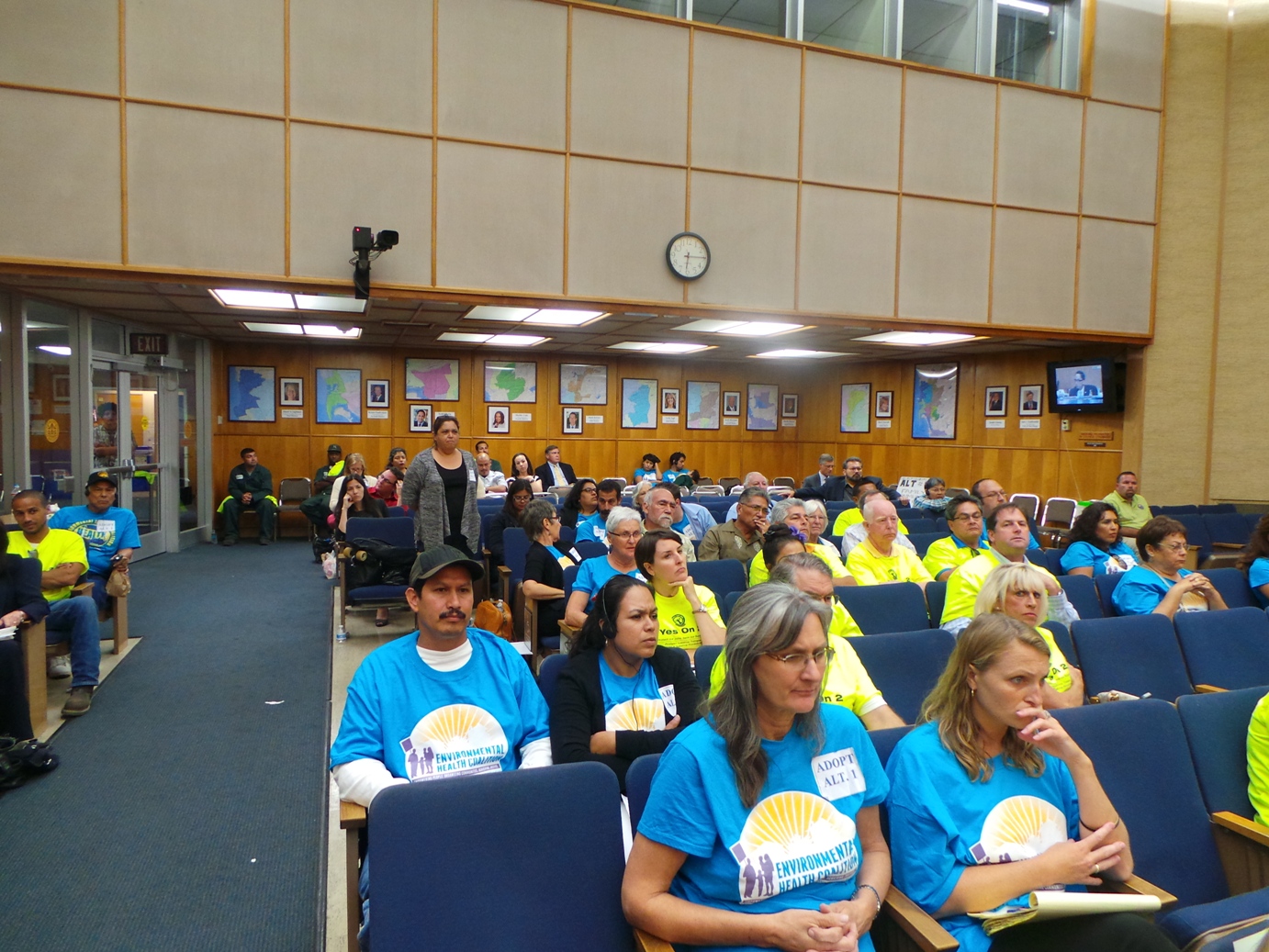
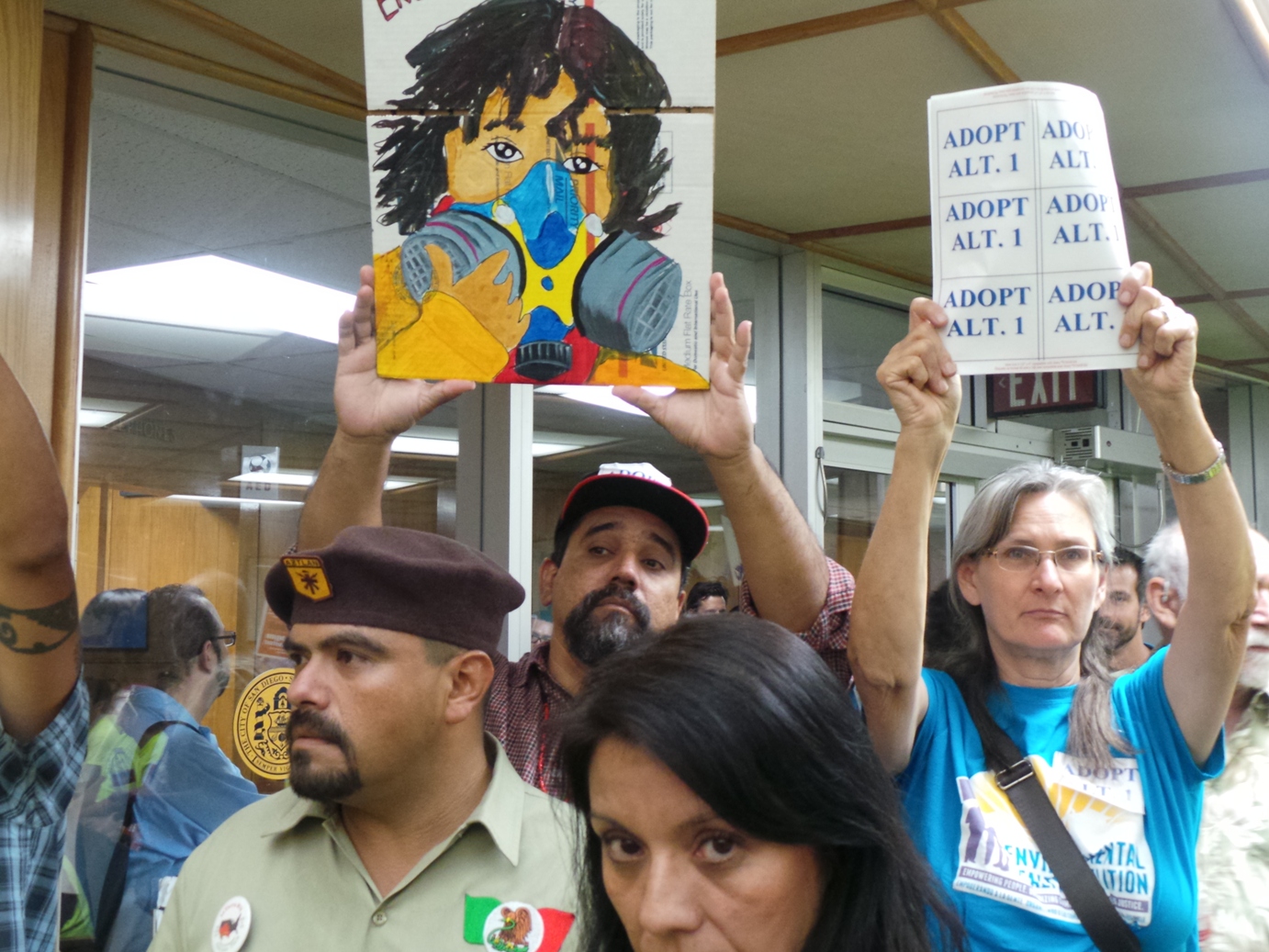
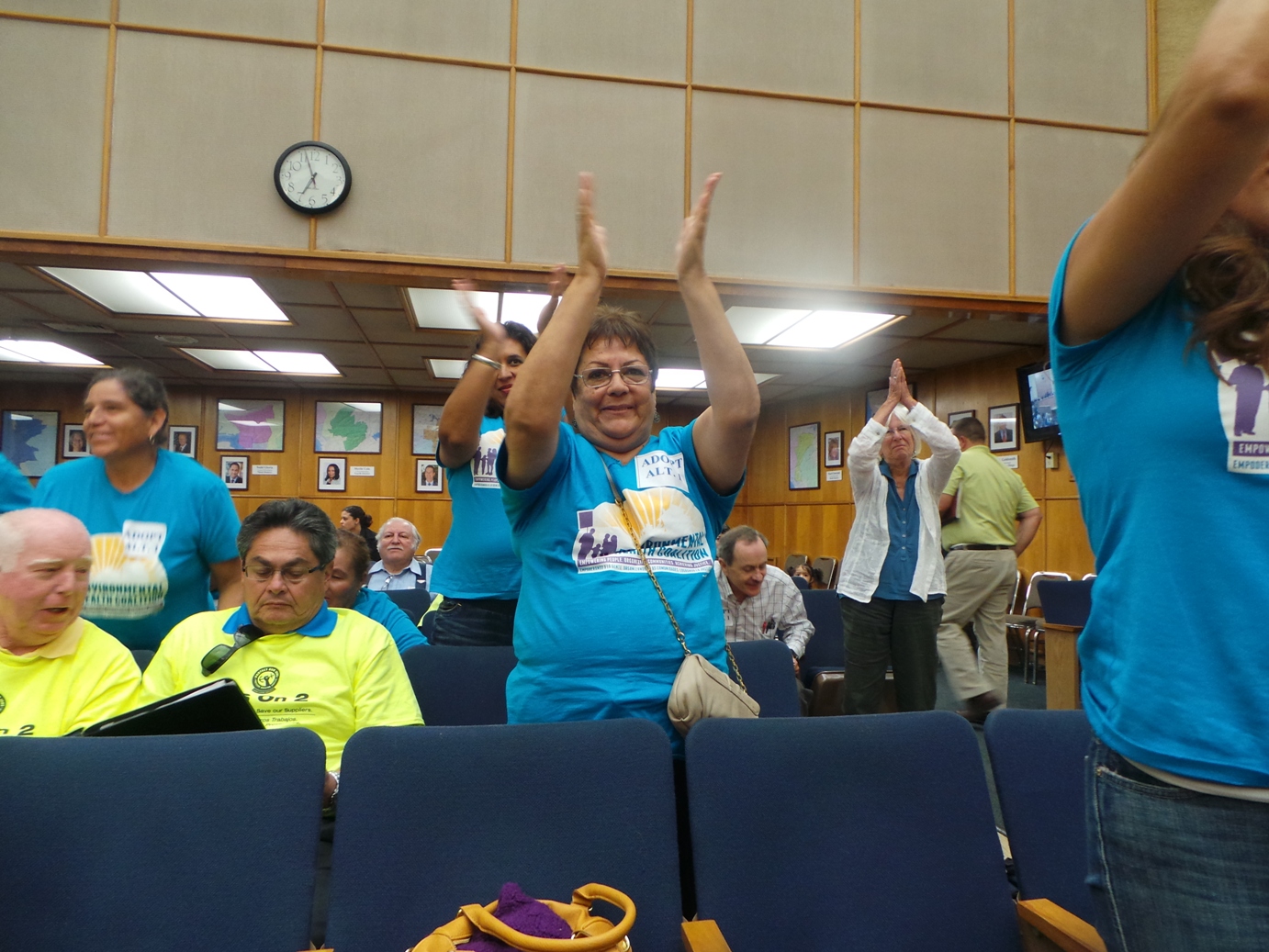 EHC would like to personally thank Councilmember David Alvarez for his leadership and commitment to a vibrant economy and a healthy community and thanks to Councilmembers Marti Emerald, Sherri Lightner, Myrtle Cole and Interim Mayor Todd Gloria for their support.
EHC would like to personally thank Councilmember David Alvarez for his leadership and commitment to a vibrant economy and a healthy community and thanks to Councilmembers Marti Emerald, Sherri Lightner, Myrtle Cole and Interim Mayor Todd Gloria for their support.
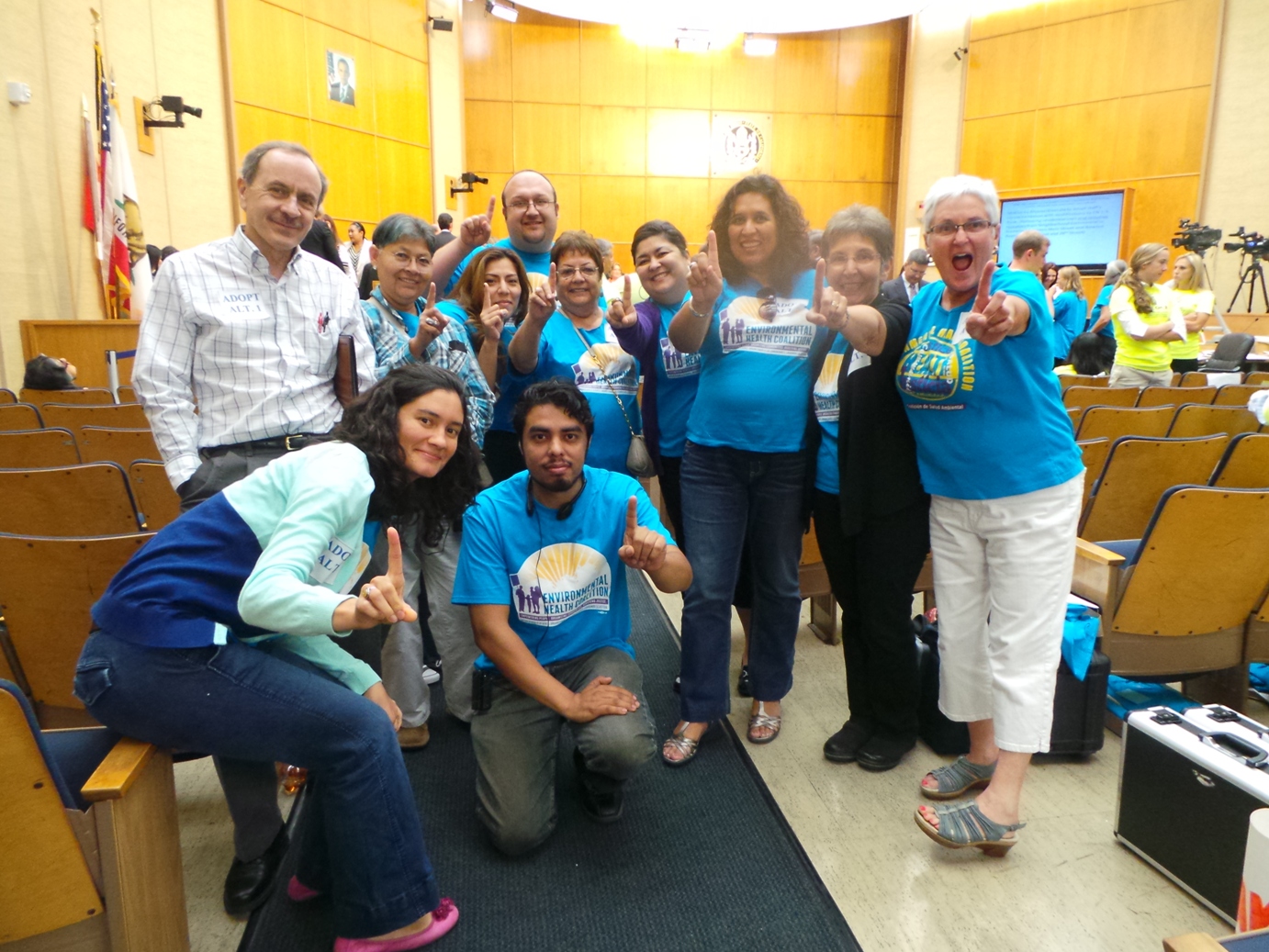 Barrio Logan's newly approved community plan designates a separate heavy industrial zone away from homes and schools. With this clear distinction between industrial and residential zones, along with a buffer zone that incorporates office buildings and parking structures, Barrio Logan can finally regain a safe place to live, work and play.
Barrio Logan's newly approved community plan designates a separate heavy industrial zone away from homes and schools. With this clear distinction between industrial and residential zones, along with a buffer zone that incorporates office buildings and parking structures, Barrio Logan can finally regain a safe place to live, work and play.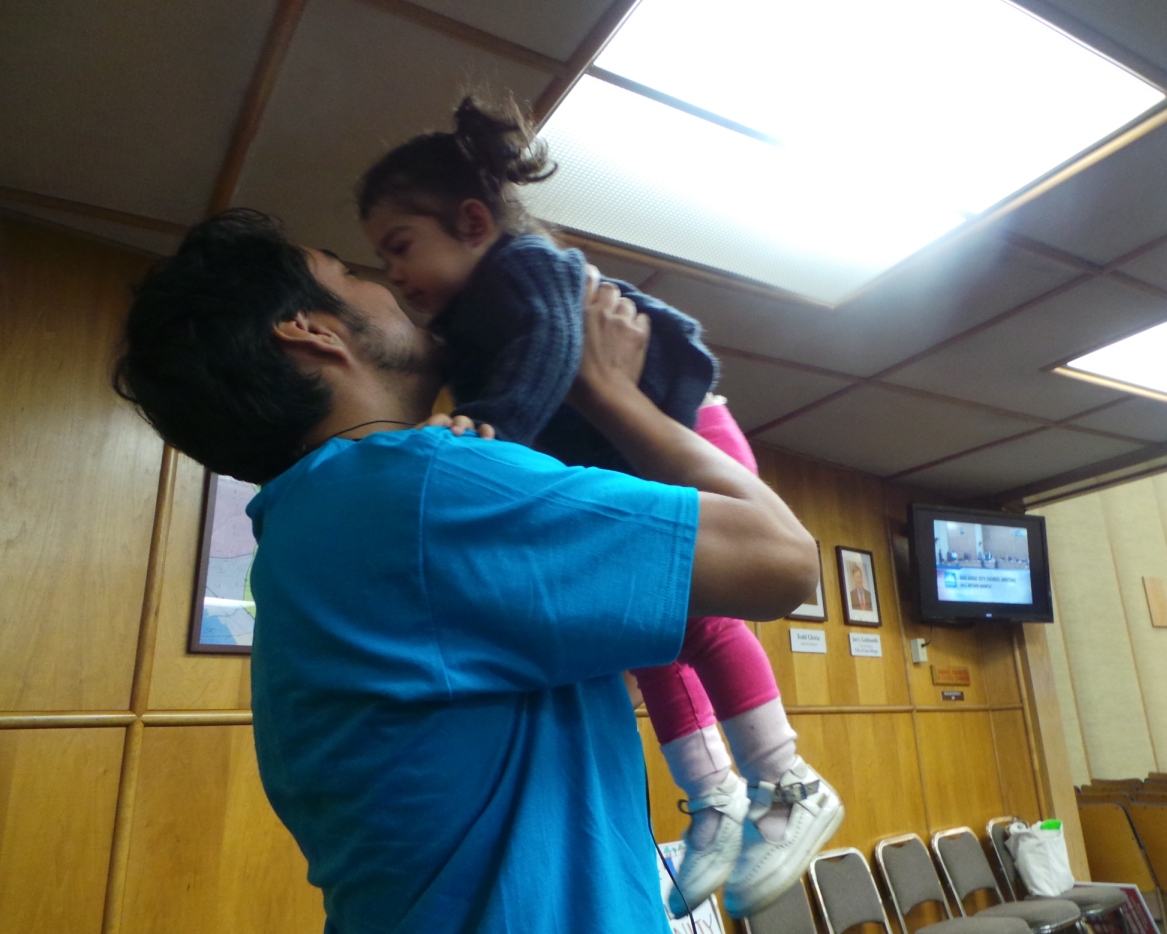 EHC proudly stands by Alternative 1 and fighting to take this first big step towards restoring an important piece of San Diego's history and culture. After thirty years, Barrio Logan residents and future residents can look forward to the toxic-free neighborhood they deserve.
EHC proudly stands by Alternative 1 and fighting to take this first big step towards restoring an important piece of San Diego's history and culture. After thirty years, Barrio Logan residents and future residents can look forward to the toxic-free neighborhood they deserve.